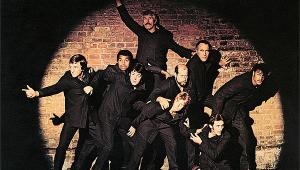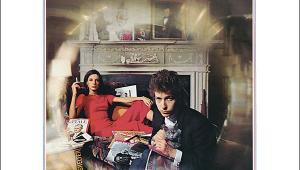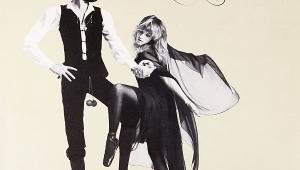Vintage hi-fi: what's hot?
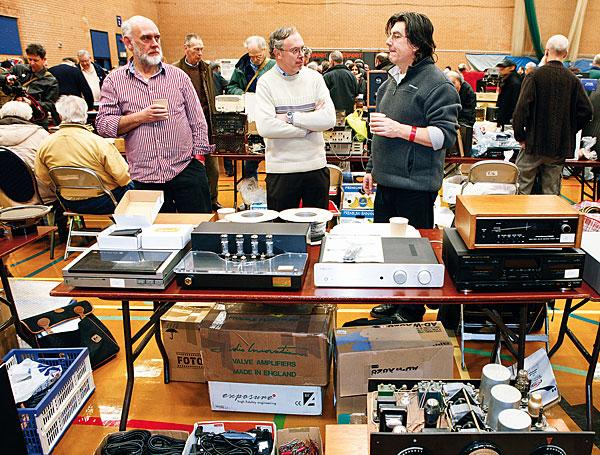
Vintage hi-fi, like many collecting and preservation hobbies, is subject to the '30-year rule'. This states that today's top collectables are those products that were new about 30 years ago. The reasoning is that when you are young you covet certain items as objects of desire, yet lack the means to buy them. As life progresses, you (hopefully) become wealthier and look again at what it was that caught your imagination when young.
It can be no coincidence that vintage hi-fi really began to take off when the 30-year rule started to encompass the industry's 'golden years' of the '70s and '80s, when big company budgets – and the technological advances these could fund – seemed to see compelling new models being launched every week. Interest in vintage equipment was then given a further boost when components, such as turntables and valve amplifiers, became difficult or excessively costly to buy new.
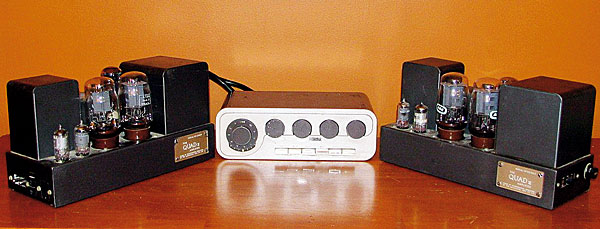
Rising Prices
This mirrors the growth of interest in classic cars, which was in part a reaction to the lack of new two-seater sports models in the dealers' showrooms. In both arenas, the popularity shown in older models has led to new products being made available again, but once entrenched, the interest in vintage has generated a momentum all of its own. So, while there is no longer any need to find and restore an ageing valve amp or turntable if you simply want one from any period, people still do it. That said, there are still plenty of other audio products that aren't being made any more and which only the vintage scene can provide. Quality FM tuners and analogue recorders are two obvious examples.
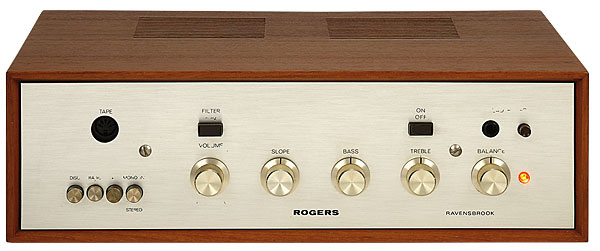
As things stand, the market for vintage hi-fi remains buoyant. It is perhaps not as frenzied as it was a couple of years ago, but prices are solid and rising gently in many areas. Compare this to the field of vintage radio which, after a sharp peak in the late 1990s, suffered a slump in values due to oversupply and remains in the doldrums to this day. In the case of hi-fi, price increases for the most desirable artefacts have pulled lesser products into the arena of interest. Models once considered to be beneath contempt – such as amps in Rogers' Ravensbrook series – or suitable only as sources of parts, are now back in demand and are being enjoyed again for what they are.
Pipe Dream
The recent revival in LP listening has prompted many to wonder which vintage audio technology will be the next to gain a reprieve. Records, and the equipment to play them on, are of course relatively simple to produce at a basic level, so it was fairly easy for the public's renewed interest to be served with a tranche of new models. The same is not the case for the other core components of a traditional hi-fi set-up. Sales of pre-recorded cassettes may be on the increase according to figures for 2018 from the British Phonographic Industry (BPI), but the impressive percentage growth has to be set against a baseline of practically zero.
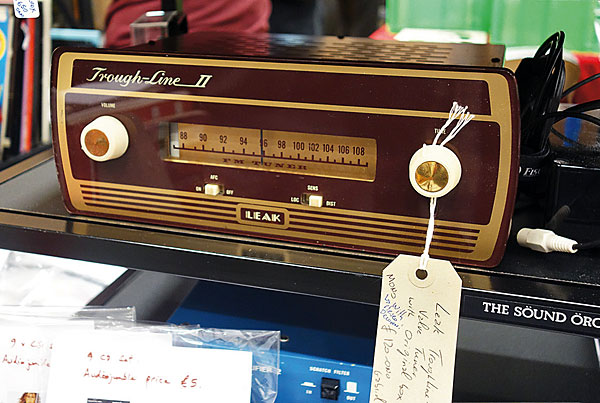
As for new hardware of quality, that remains a pipe dream. Making a cassette deck that would satisfy the discerning listener is orders of magnitude more difficult than producing a turntable of equivalent quality. So for now, anyone wishing to start enjoying cassettes again is going to have to buy and restore vintage equipment. Furthermore, cassette machines are complicated and difficult to overhaul properly, which is another barrier to the return of the format to any meaningful degree.
Making Waves
The same holds true with open-reel tape recorders, perhaps to an even greater degree. With hardware both scarce and ancient, spare parts non-existent and little in the way of compelling pre-recorded stock in circulation, open-reel remains of interest to the serious enthusiast only. One piece of vintage equipment whose fortunes seem have improved is the tuner. The threat of the FM service being discontinued in the UK has been around for well over a decade, yet as the date of it actually happening became pushed further back, the idea of it ever coming to pass has receded into the background.
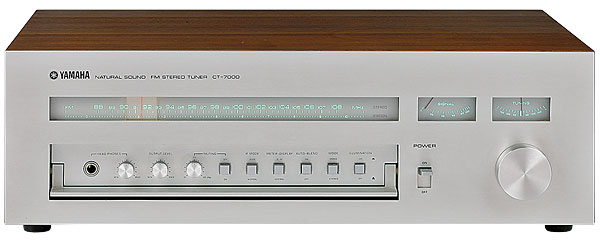
Last year the BBC finally shelved its plans to switch off the service, meaning that the licensing of the Band II segment of the spectrum is likely to remain open to both it and commercial broadcasters for the foreseeable future. The gloom that once hung over every tuner purchase, that it would soon become useless, has begun to lift.
Tuners of all levels of quality remain difficult to sell, but they are moving again and that has to be seen as good news. Even under ideal conditions, the market for tuners is one that saturates very easily. Most are exceptionally long-lived, as owners of Leak Troughline and Yamaha models will attest, and once installed they seem to go on for ever. There is also no big difference in quality between each tier of the market, so upgrades seldom secure a high priority in the owner's overall system budget. While CD players and cassette decks wear out, amplifiers get blown up and turntables become the subject of endless rounds of incremental improvements, the same tuner carries on for year after year.

